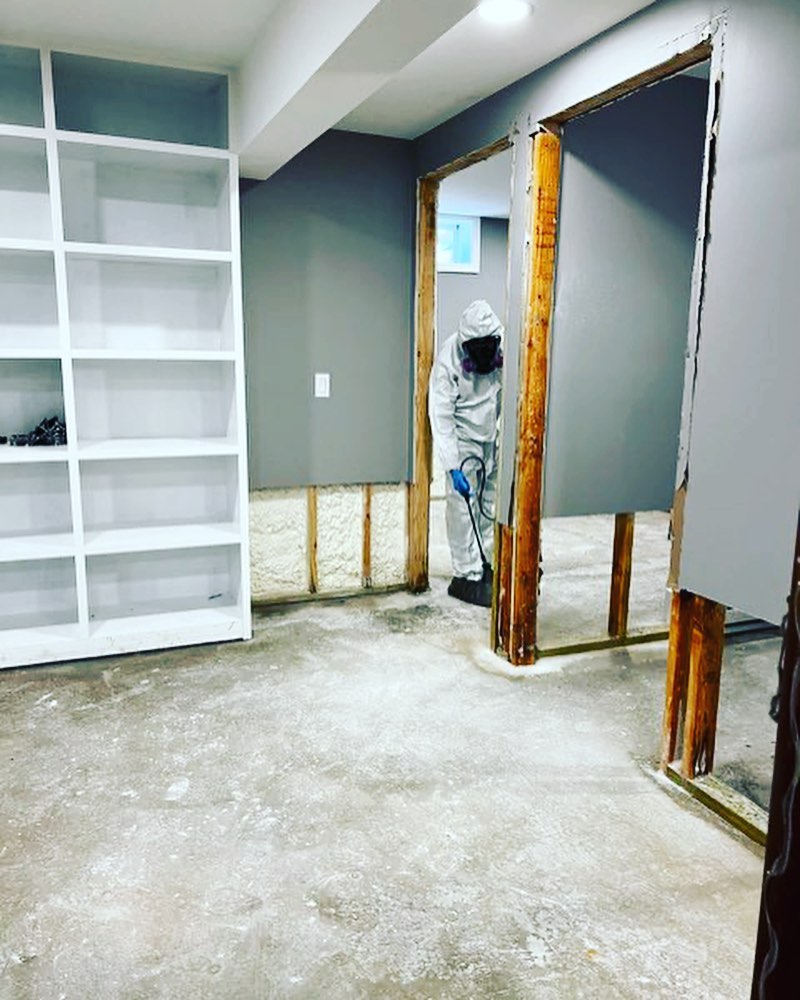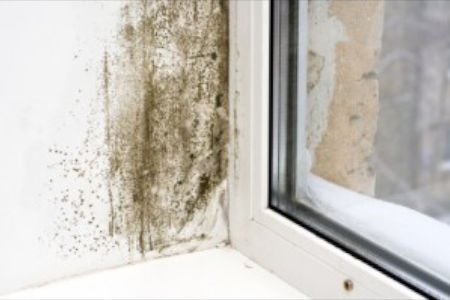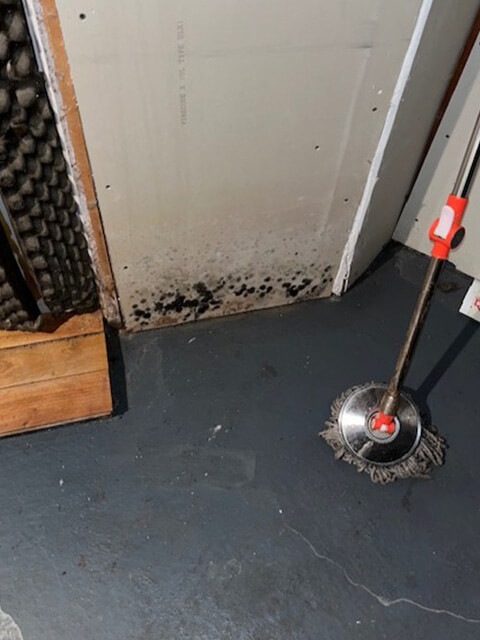In this article, we’ll discuss the average duration of mold removal in Westchester NY. You’ll learn about the various factors that can influence the timeline, such as the extent of the mold growth and the size of the affected area. We’ll also explore the different methods used for mold removal and their associated timeframes. By the end of this article, you’ll have a better understanding of how long the process typically takes and what you can expect if you’re dealing with a mold problem in Westchester NY.

What is Mold Removal?
Mold removal is the process of getting rid of mold from various surfaces and areas in a building or home. Mold refers to a type of fungus that thrives in damp and moist environments, and it can cause numerous health issues and property damage if left untreated. Mold removal is essential to ensure a safe and healthy living environment.
Definition of Mold Removal
Mold removal, also known as mold remediation, involves the identification, containment, and elimination of mold growth. This process aims to not only remove the visible signs of mold but also address the underlying causes and prevent future growth. Mold removal typically requires specialized equipment, techniques, and expertise to ensure thorough and effective removal.
Importance of Mold Removal
Mold removal is crucial for several reasons. Firstly, mold can cause health problems, especially for individuals with allergies or respiratory conditions. Mold spores can be inhaled and irritate the airways, leading to symptoms such as coughing, sneezing, and wheezing. Prolonged exposure to mold can also result in more severe health issues.
Secondly, mold can cause significant damage to the structure of a building. It can rot wood, weaken foundations, and cause structural instability if left untreated. Mold can also damage personal belongings, including furniture, clothing, and electronics. Therefore, timely mold removal is essential to prevent further damage and the need for costly repairs.
Lastly, mold can negatively impact indoor air quality. Mold spores can circulate in the air and contaminate the entire space, leading to unpleasant odors and an unhealthy environment. Mold removal ensures the elimination of mold spores, improving indoor air quality and creating a safer living environment.
Causes of Mold Growth
Understanding the causes of mold growth is essential in preventing and addressing mold infestations. Several factors contribute to mold growth, including:
Excessive moisture
Excessive moisture is one of the main triggers for mold growth. This can be caused by high humidity levels, water leaks, flooding, or condensation. Mold thrives in damp environments, and if the moisture issue is not resolved, mold infestations are likely to occur.
Poor ventilation and air circulation
Inadequate ventilation and air circulation promote the accumulation of moisture and humid conditions, creating an ideal environment for mold growth. Areas with poor ventilation, such as basements, bathrooms, and attics, are more susceptible to mold infestations.
Leaking pipes and roofs
Leaking pipes and roofs can introduce water into the building, leading to moisture buildup and mold growth. Water leaks should be promptly repaired to prevent mold infestations from spreading.

Signs of Mold Infestation
Identifying the signs of mold infestation is crucial for timely mold removal. Some common indicators include:
Musty odor
Mold often produces a musty odor that is difficult to ignore. If you notice a persistent and unpleasant smell in your home or building, it could be a sign of mold growth.
Visible mold growth
Visible mold growth on surfaces, such as walls, ceilings, or furniture, is a clear indication of an infestation. Mold comes in various colors, including black, green, or brown, and may appear fuzzy or slimy.
Allergic reactions
Allergic reactions, such as sneezing, coughing, itchy eyes, and skin irritation, can occur when exposed to mold spores. If you experience these symptoms when indoors, it could be a sign of mold infestation.
Assessment and Inspection
Before initiating mold removal, a thorough assessment and inspection should be conducted. This involves:
Hiring a professional mold inspector
Hiring a professional mold inspector is recommended to assess the extent of the mold infestation, identify the underlying causes, and determine the appropriate remediation techniques.
Identifying the extent of mold infestation
The mold inspector will determine the extent of the mold infestation and identify all affected areas. This assessment helps in formulating an effective removal plan.
Determination of mold type
The mold inspector will also identify the type of mold present. This information is important as different mold species may require specific removal techniques and potential health risks may vary.

Preparation for Mold Removal
Proper preparation is essential before starting the mold removal process. This includes:
Containment of affected areas
To prevent the spread of mold spores, containment measures, such as sealing off the affected areas with plastic sheets and using negative air pressure machines, are implemented.
Personal protective equipment
When dealing with mold, it is crucial to wear appropriate personal protective equipment (PPE) to minimize exposure to mold spores. PPE may include gloves, goggles, respirators, and protective clothing.
Disabling HVAC systems
During mold removal, HVAC (heating, ventilation, and air conditioning) systems should be turned off to prevent the circulation of mold spores throughout the building.
Mold Removal Techniques
There are various techniques used for mold removal, depending on the extent of the infestation and the type of mold. Some common methods include:
Physical removal
Physical removal involves physically scrubbing or scraping off the mold from surfaces using specialized tools and cleaning solutions. This method is effective for non-porous materials such as glass or metal.
Chemical treatments
Chemical treatments involve the use of antimicrobial solutions, fungicides, or biocides to kill and remove mold. These treatments are suitable for both porous and non-porous materials.
Dry ice blasting
Dry ice blasting is a technique that uses compressed air and dry ice pellets to blast away mold growth from surfaces. It is a non-abrasive and environmentally friendly method.
Time Frame for Mold Removal
The time frame for mold removal varies depending on several factors, including:
Depends on the size of the affected area
The size of the affected area is a significant factor in determining the time required for mold removal. Larger areas will generally take longer to remediate compared to smaller areas.
Degree of mold contamination
The degree of mold contamination plays a role in the duration of mold removal. More severe infestations may require extensive cleaning, treatment, and restoration, which can prolong the process.
Complexity of mold removal process
The complexity of the mold removal process depends on various factors, such as the accessibility of the affected areas, the presence of hidden mold, and the structural condition of the building. These factors can affect the time frame for mold removal.
Factors Affecting Time Frame
Several other factors can affect the overall time frame for mold removal, including:
Access and visibility
If mold is present in hard-to-reach areas or concealed behind walls or ceilings, additional time and effort may be needed to access and remove the mold effectively.
Structural condition
The structural condition of the building can impact the mold removal process. If there is significant damage to the structure, repairs and reinforcements may be required, extending the overall duration of the remediation process.
Extent of mold damage
The extent of mold damage also affects the time frame. If mold has permeated deeply into materials or caused extensive damage, additional steps such as removing and replacing affected materials may be necessary, prolonging the process.

Post-Removal Cleaning and Restoration
After the mold removal process, thorough cleaning and restoration are essential to ensure the elimination of mold spores and the restoration of a safe and healthy environment. This includes:
Thorough cleaning of affected areas
All affected areas should be carefully cleaned and sanitized to remove any remaining mold spores. This may involve scrubbing, vacuuming, and using specialized cleaning solutions.
Repairing and replacing damaged materials
Any damaged materials, such as drywall, carpets, or insulation, should be repaired or replaced to restore the structure and prevent future mold growth.
Testing for mold spores
Once the cleaning and restoration are complete, it is advisable to conduct mold testing to verify the effectiveness of the mold removal process. This involves air or surface sampling to determine if any mold spores are still present.
Conclusion
Timely mold removal is crucial to ensure a safe and healthy living environment. Mold can cause health problems, property damage, and poor indoor air quality if left untreated. It is important to seek professional help for mold removal, as experts have the necessary knowledge, experience, and equipment to effectively identify, contain, and eliminate mold infestations.
If you suspect mold growth in your Westchester NY property, take immediate action and contact a professional mold inspector. They will assess the extent of the infestation, determine the appropriate removal techniques, and provide valuable advice on preventing future mold growth. Remember, mold removal is a process that requires time, effort, and expertise to ensure the complete elimination of mold and the restoration of a safe living environment.